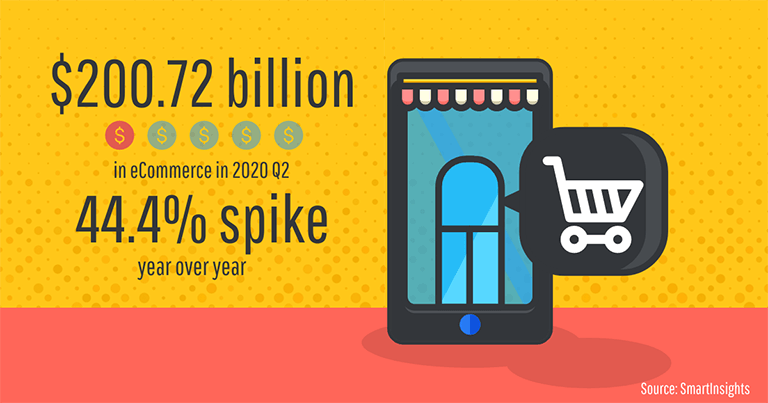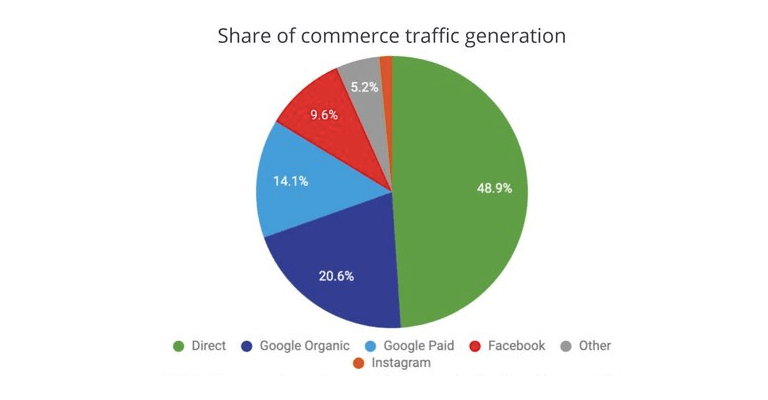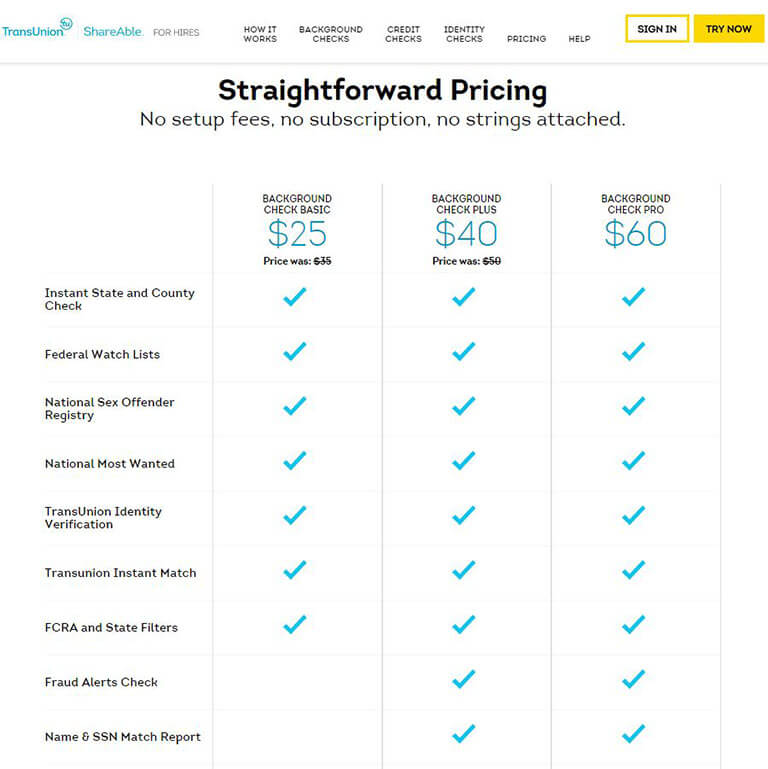
Cutting-Edge Marketing to Grow Your Business.
 Many brick-and-mortar businesses have been transitioning into eCommerce business models over the past five years, but the coronavirus pandemic has accelerated this shift faster than ever. With temporary business closures sweeping across the country due to public safety concerns, consumers have had little to no choice but to shop online in order to purchase items they might have once bought in stores.
Many brick-and-mortar businesses have been transitioning into eCommerce business models over the past five years, but the coronavirus pandemic has accelerated this shift faster than ever. With temporary business closures sweeping across the country due to public safety concerns, consumers have had little to no choice but to shop online in order to purchase items they might have once bought in stores.
If you weren’t selling online before, you probably are now — at least if you want to stay alive in this economy. And if you were already involved in eCommerce before COVID-19, chances are that you’re investing more into marketing initiatives that can position you in front of the new surge in competition.
According to recent statistics, after President Trump declared a national state of emergency on March 13, the second quarter of 2020 saw $200.72 billion spent online with U.S. retailers — a 44.4% increase year over year. That means $1 in every $5 came from orders purchased on the internet between April and July. 
If you want those dollars to be spent on your product, you’ll need to get your brand recognized in all the noise. Marketing in the modern age of eCommerce isn’t quite as simple as the old-school ad days. There are specific strategies you should learn if you want to drive more traffic to your website, capture leads, convert customers, and increase sales revenues. Here are some of the three best eCommerce marketing tactics to employ in your 2021 strategy.
By far and large, search engine optimization (SEO) is the number one eCommerce marketing tactic that businesses need to use to improve their presence online. Essentially, SEO refers to the practices involved with getting a website to increase its position on the search engine results page (SERP).
When a user types in a query for “apartments for rent near me”, for example, and you match the intent of their search, you want to be displayed as high as possible on the SERP so that it’s the first organic listing they see. They might see Google Ads presented across the top of the SERP, but the vertical list of search results are determined by PageRank, Google’s complex algorithm that determines which websites are pulled for any given search, and in what order.

There are over 200 different rank factors that are instantaneously considered anytime a user hits “enter” for a search. Generally speaking, most marketers break these into three pillars:
These nuances often make SEO solutions difficult to master, and there’s a deep rabbit hole of methodologies you can explore — but the effort is well worth your while. Consider these benefits:

Image courtesy of SmartInsights
If you don’t want all your SEO effort to go to waste, it’s wise to implement a customer relationship management (CRM) system. A good CRM platform will capture all of the customer information you receive, analyze purchasing behavior, and monitor data analytics all within one convenient dashboard.
CRMs can prevent you from making mistakes from sending mass emails to your customers by automating your communication with timely, personalized messages. For example, you can configure your settings to send a customer an email on their birthday with a promotional code, or an anniversary message on the date of their first sale with a note of appreciation — all without having to keep tabs on it by yourself.
Conversion rate optimization refers to the marketing strategies eCommerce companies use to convert more of their online traffic into paying customers. So, if you see strong SEO improvement without the sales revenue to match, then it might be time to test various CRO tactics.
Similar to SEO, there’s a wide umbrella of CRO strategies that would deserve a blog post of its own to describe. Here’s a look at a few of the easiest and most common ways you convert traffic into customers and increase sales.
 Image courtesy of Shareable for Hires
Image courtesy of Shareable for Hires Generate more leads by creating magnets that incentivize users to submit their email address or contact information in exchange for perks such as:
These only scratch the surface of eCommerce marketing strategies that you can implement this year, next year, and beyond. Trends will change as technology evolves and the economy recovers from the COVID crisis, so be sure to check back regularly for business updates.
 Kaelee Nelson received her Master degree with an emphasis in Digital Humanities and pursues her career as a writer in San Diego, currently writing for 365businesstips.com. She enjoys informing readers about topics spanning industries such as technology, business, finance, culture, wellness, hospitality, and tourism.
Kaelee Nelson received her Master degree with an emphasis in Digital Humanities and pursues her career as a writer in San Diego, currently writing for 365businesstips.com. She enjoys informing readers about topics spanning industries such as technology, business, finance, culture, wellness, hospitality, and tourism.



Lorem Ipsum is a simple dummy text used as a dummy text contents. Lorem ipsum will be replaced. Lorem Ipsum is a simple dummy text used as a dummy text contents. Lorem ipsum will be replaced.Lorem Ipsum is a simple dummy text used as a dummy text contents. Lorem ipsum will be replaced.




